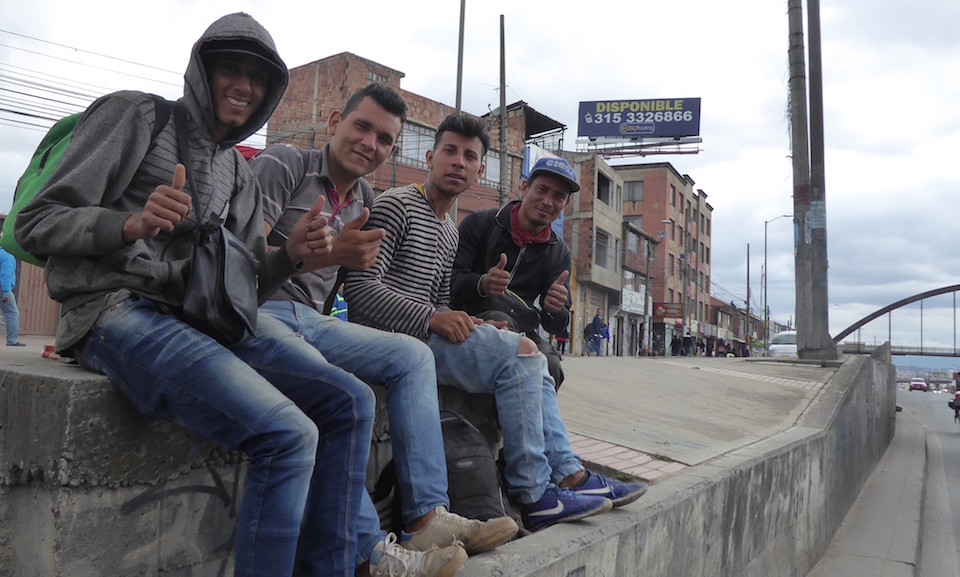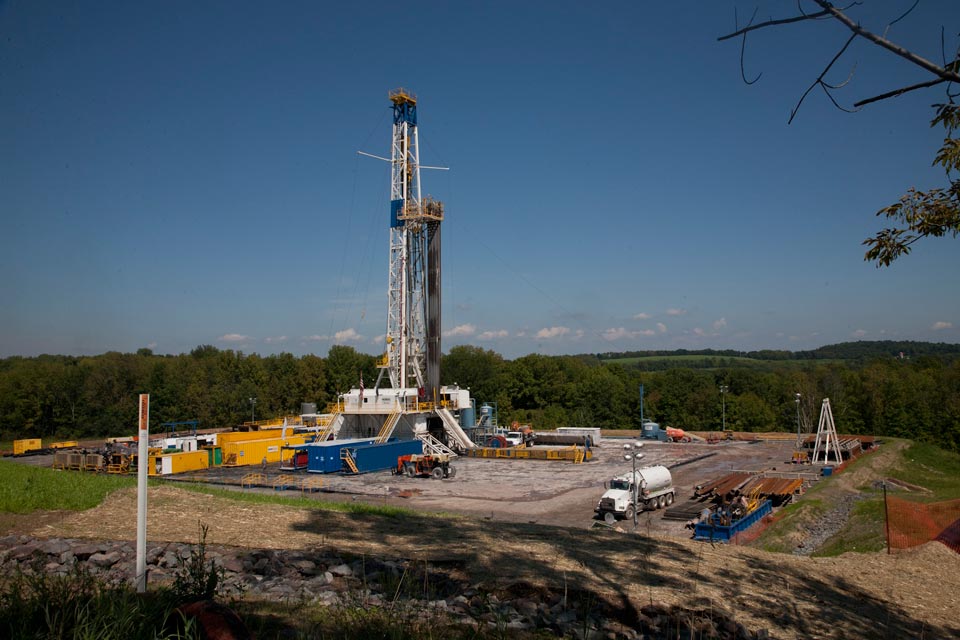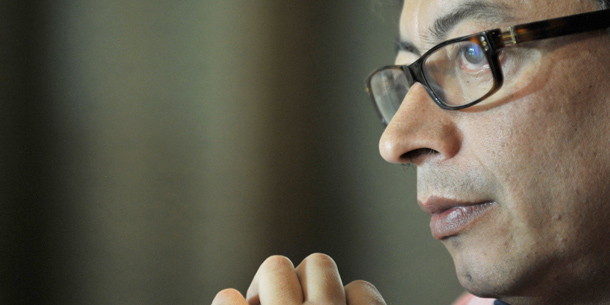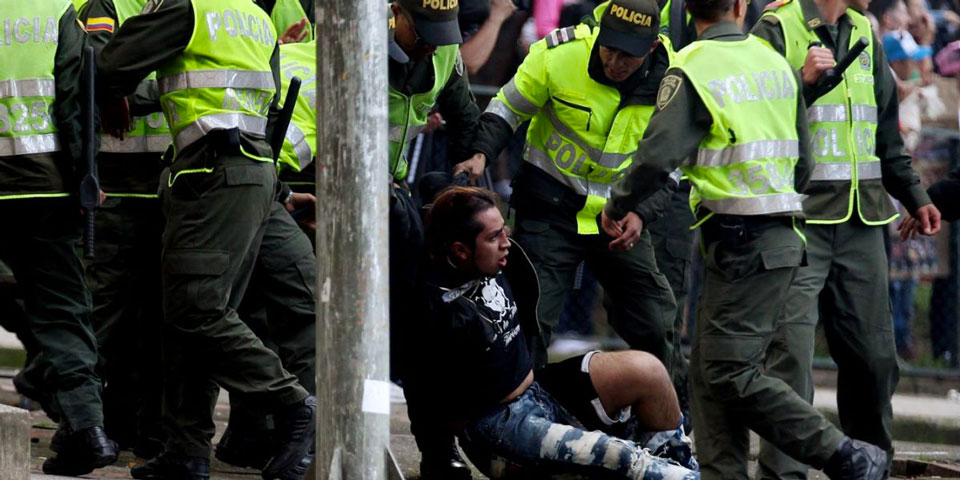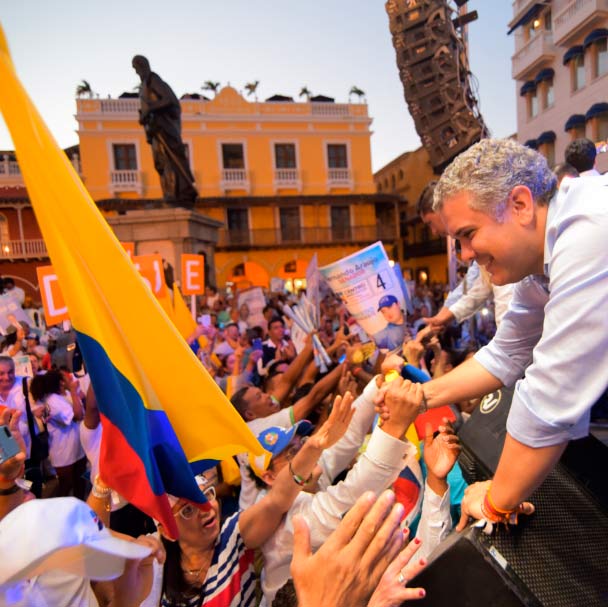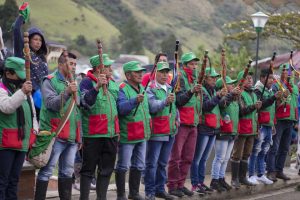
Photo: Elise Fjordbakk
Talks between indigenous groups and the Colombian government began today in Monterilla, a town located between Cali and Popayan.
After a week of intense protests by indigenous groups across Colombia that included roadblocks and violent clashes, the two sides have begun negotiations. Talks will be monitored by the UN and the OEA (Organisation of American States).
On Sunday a preliminary agreement was reached by the two sides that included a number of concessions. The indigenous groups – whose protests are referred to as “la minga” – have vowed to remove the roadblocks across the country, and particularly those in the Cauca and Valle del Cauca departments, the regions that have seen the most violence.
The government, in turn, will withdraw the riot control squads, known as the ESMAD, and has agreed to formally renew its commitment to a 1999 law promoting indigenous political organizations – a decree that was signed but never put into force.
Additionally, the government has promised to honour the commitments made to indigenous groups in the peace accord signed last year with the FARC.
Article one of the peace accord guarantees agrarian reform that, in principle, would return lands seized during the conflict to their rightful owners.
Though the peace accord does not specify what this agrarian reform will look like, indigenous groups have interpreted it as legal approval for their reclamation of ancestral land.
Many of the lands indigenous groups believe belong to them are territories that were previously in the hands of the FARC.
Companies looking to capitalize on previously off-limits lands – such as logging, or mining companies – have moved into these areas, often taking a detrimental toll on the environment. Meanwhile, drug gangs and militias are making moves to assert control over areas that the FARC had utilized for coca cultivation – lands that are supposedly set for Colombia’s crop substitution program.
The power vacuum and mix of interests have led to a substantial increase in violence – 52 social leaders were murdered before July 5th 2017. And between January 2016 and March 2017, 156 leaders were killed.
According to el Pais, nine protestors and 48 members of the security forces have been injured over the past week, though reports on the number of injuries sustained by protestors have varied.
The indigenous groups blame the violence principally on the government’s neglect and its failure to follow through on promises.

